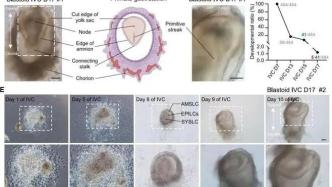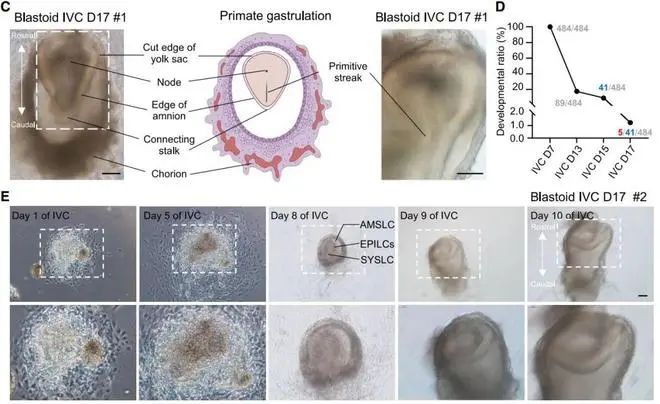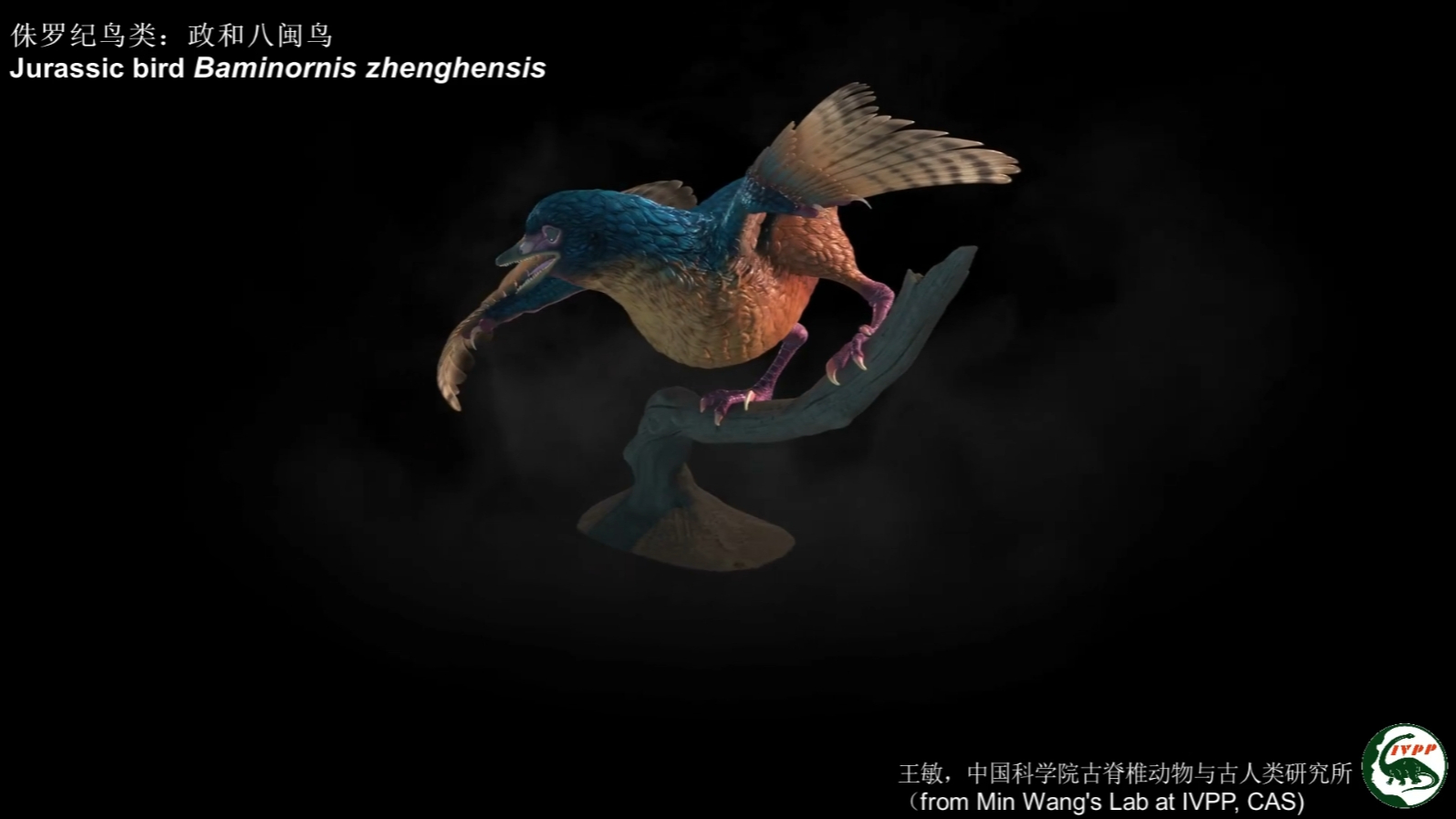
Recently, researchers Liu Zhen and Sun Qiang of the Center for Excellence in Brain Science and Intelligent Technology of the Chinese Academy of Sciences, in collaboration with Assistant Professor Zhou Fan of Tsinghua University, reported for the first time the creation of an embryo-like structure from monkey embryonic stem cells. The researchers implanted these embryo-like structures into the uterus of female monkeys and determined that the structures implanted and elicited a pregnancy-like hormonal response. The research was recently published in Cell Stem Cell.
"The molecular mechanisms of human embryogenesis and organogenesis are largely unknown," said Zhen Liu, co-corresponding author of the paper. "Because monkeys are closely related to humans in evolution, we hope that research on these models will deepen our understanding of The understanding of human embryonic development, including elucidating some of the causes of early miscarriage."
For the first time, nonhuman primate cells have been used to form embryo-like structures by exposing macaque embryonic stem cells to growth factors in a dish of cells to induce them to form embryo-like structures. Sun Qiang, the co-corresponding author of the paper, said that this study created an embryo-like system that can be induced and cultured indefinitely, providing new tools and perspectives for subsequent exploration of primate embryos and reproductive health.

After long-term culture in vitro, blastocysts developed a morphological structure similar to gastrula.
When studied using a microscope, the team found that the blastocyst-like structures had a similar morphology to natural blastocysts. As they develop further outside the body, they form an arrangement that looks like an amniotic membrane and a yolk sac. The blastoblast also begins to become the cell type that will eventually make up the three germ layers of the body. Single-cell RNA sequencing revealed that the different types of cells found in these structures had gene expression patterns similar to those found in natural blastocysts or post-implantation embryos.
The researchers then transplanted these blastocyst-like structures into the uteruses of eight female monkeys, three of which were successful. This implantation caused the female monkey's body to release progesterone and chorionic gonadotropin, hormones normally associated with pregnancy. These blastocyst-like structures also form the first trimester blastocyst -- a fluid-filled structure that develops in early pregnancy to encase the embryo and amniotic fluid. However, they did not form fetuses, and the structures disappeared after about a week.
In the future, the researchers plan to focus on further developing embryo-like structures grown from monkey cells. "This will provide a useful model for our future research." Zhou Fan, the co-corresponding author of the paper, said, "The further application of monkey embryonic cells will help in-depth study of the molecular mechanism of primate embryonic development."
Related paper information:
https://doi.org/10.1016/j.stem.2023.03.009
(Original title "Scientists create embryo-like structures from monkey stem cells for the first time")


